1. Hamburger Steak (Hambagu)
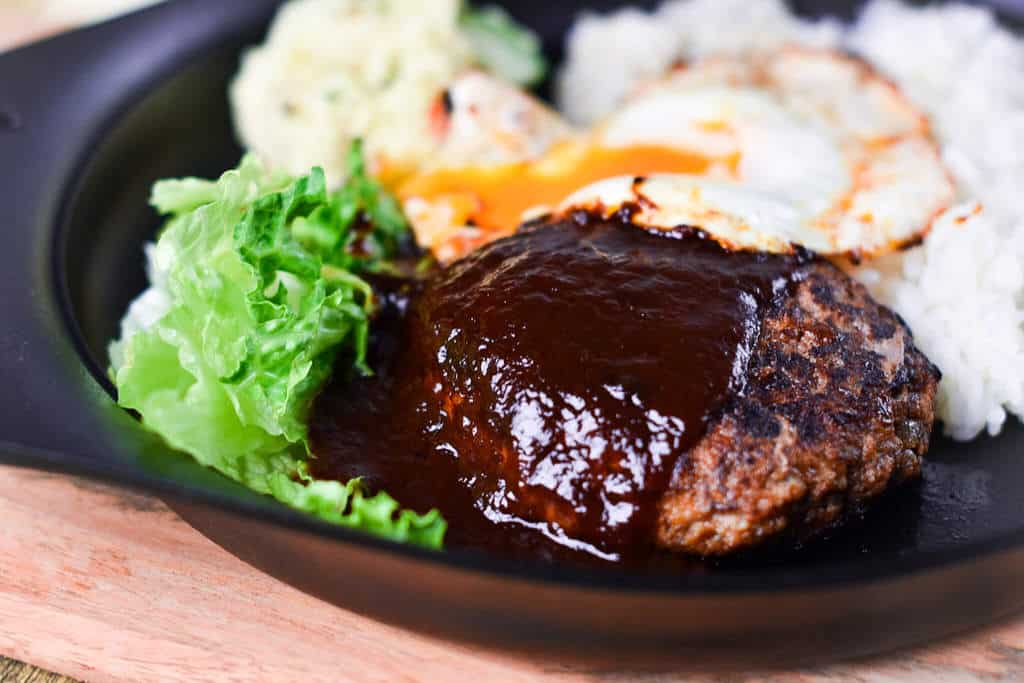
My hambagu recipe focuses on achieving the perfect meat-to-fat ratio using a 70-30 beef-pork blend. The milk-soaked panko creates incredible moisture while hand-mixing ensures even distribution without overworking the meat.
Originally inspired by German Hamburg steak, this dish arrived in Japan in 1882 as “German steak” or “minced ball.” It made it a household staple by the 1960s, perfectly embodying yoshoku’s practical elegance.
2. Curry Rice
Curry made its way from India to the UK and then to Japan during the Meiji period (1868-1912). From then, it developed into something uniquely its own. The thick, gravy-like consistency and sweetness make it completely different from its origins.
What sets my curry recipe apart is the strategic use of surprise ingredients like soy sauce for umami and careful temperature control during the browning process.
3. Hayashi Rice
Born from the confluence of American hashed beef and French sauce-making during Japan’s rapid modernization, hayashi rice embodies yoshoku’s international fusion spirit.
My recipe skips boxed roux and builds flavor by searing beef, golden onions, and deglazing with wine. The sauce thickens naturally with flour and ketchup.
4. Omurice
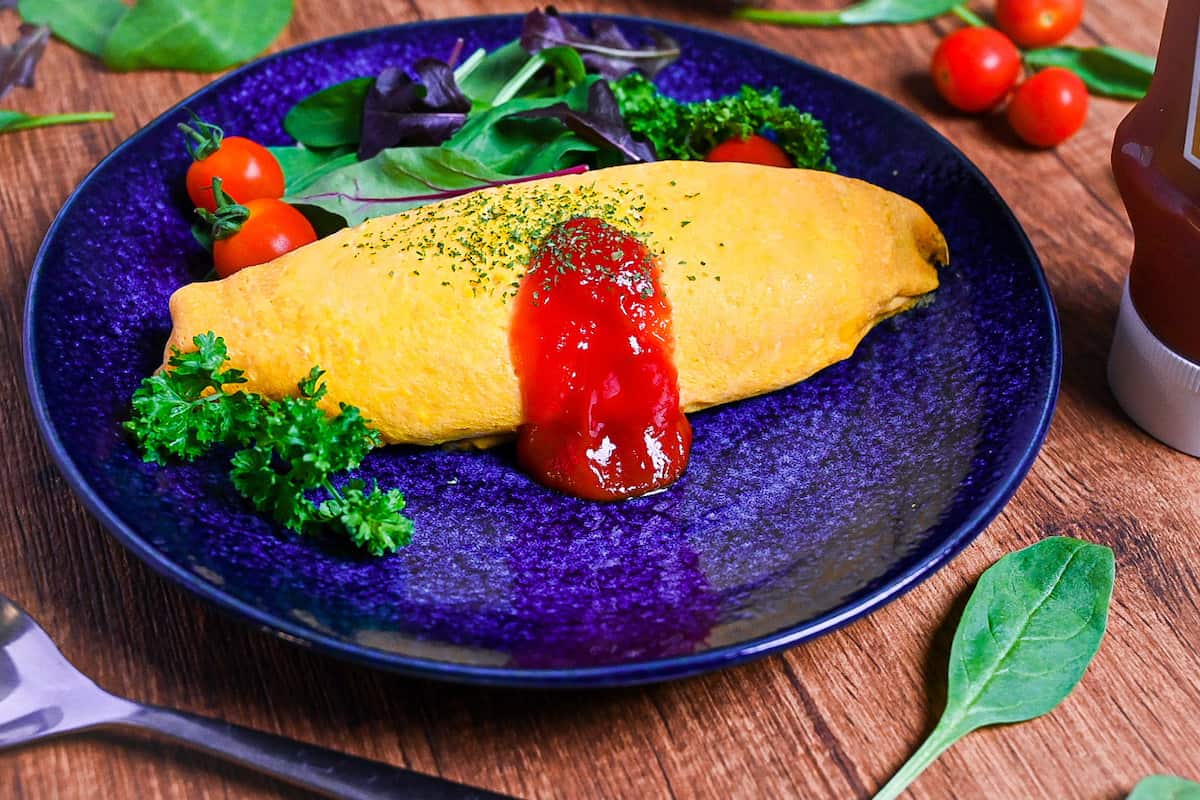
Omurice demonstrates how Western cooking methods were brilliantly adapted for Japanese tastes during the Meiji period. I find it fascinating how French omelette-making techniques merged with practical fried rice needs to create something uniquely Japanese.
The transformation from elite restaurant novelty to children’s favorite comfort food showcases yoshoku’s democratic appeal and emotional resonance in Japanese culture.
5. Korokke
Inspired by Dutch kroket and French croquette, korokke joined Yoshoku menus during the Meiji period.
The seasoned beef filling gains depth from soy sauce, mirin, sugar, pinch of nutmeg, and caramelized onions. Milk-whipped potatoes lend extra creaminess. A final drizzle of Worcestershire sauce cuts richness with tang.
6. Okinawan Taco Rice
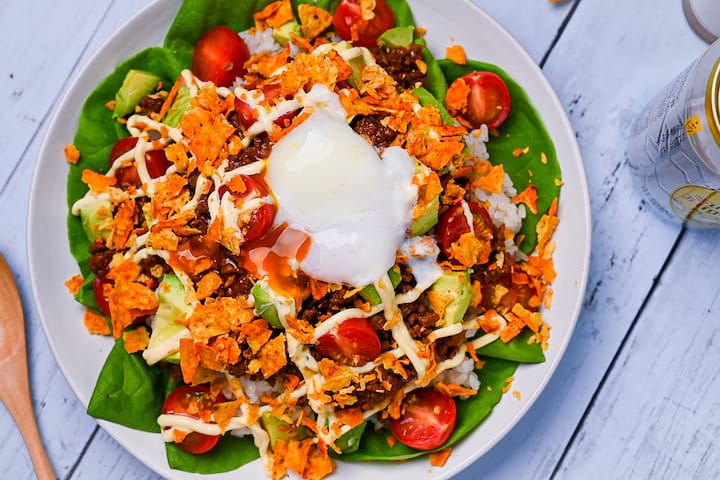
Invented by Chef Matsuzo Gibo in 1984 near a U.S. base, this Tex-Mex fusion became an Okinawan staple.
My taco rice recipe combines Japanese seasonings like soy sauce, sake, and mirin with ground beef to create a uniquely Japanese-TexMex fusion.
7. Tonkatsu
Originally inspired by French cutlet techniques around 1899, tonkatsu represents yoshoku’s transformation of European cooking methods through Japanese modernization.
My recipe focuses on achieving restaurant-quality results through proper technique and timing. The secret lies in creating the perfect coating that stays crispy!
8. Rolled Cabbage

Adapted from Eastern European stuffed cabbage, Japan transformed it into a dashi-based Yoshoku favorite.
Rather than using ground meat like most international versions, I wrap thin slices of pork belly for different texture and flavor distribution.
9. Mentaiko Pasta
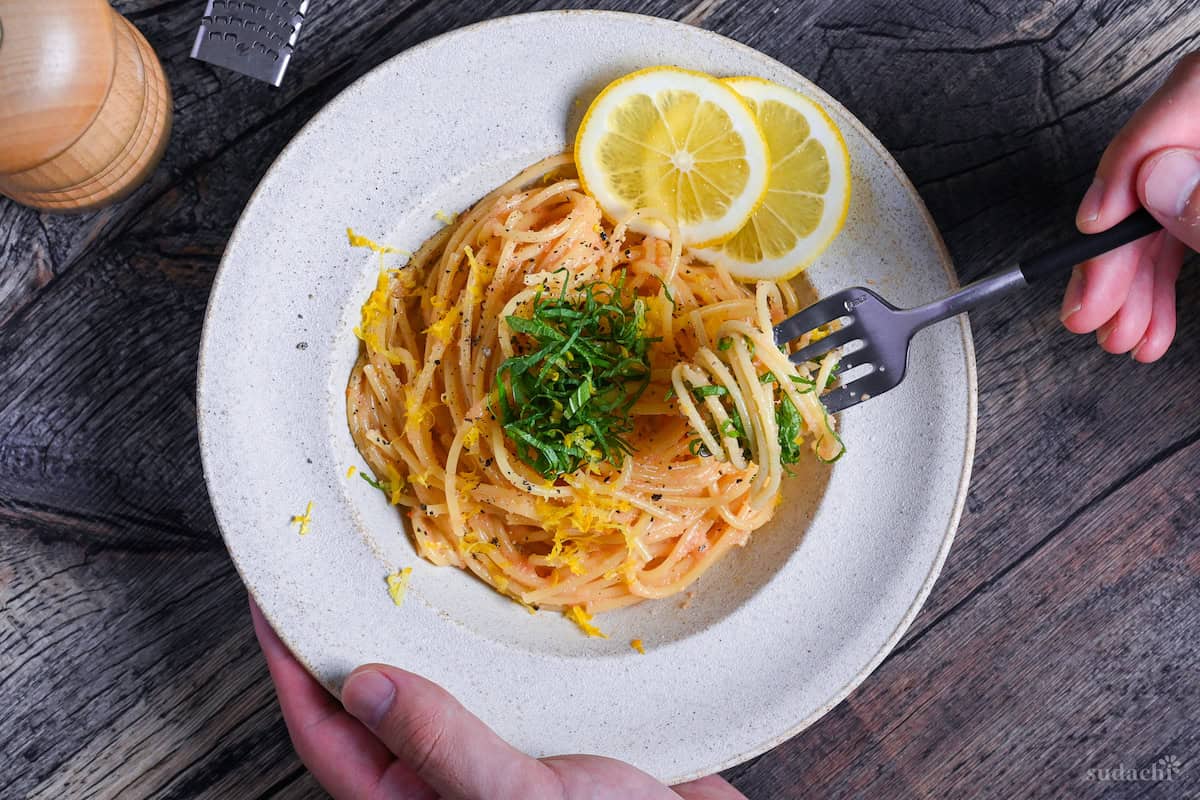
Tokyo’s experimental 1960s food scene witnessed an inspired chef substitute expensive caviar with affordable mentaiko, unknowingly launching Japan’s most beloved fusion pasta.
Born from Italian spaghetti and Korean-inspired spicy cod roe, mentaiko pasta turns minimal ingredients into a refined, savory meal.
10. Wafu “Roast” Beef
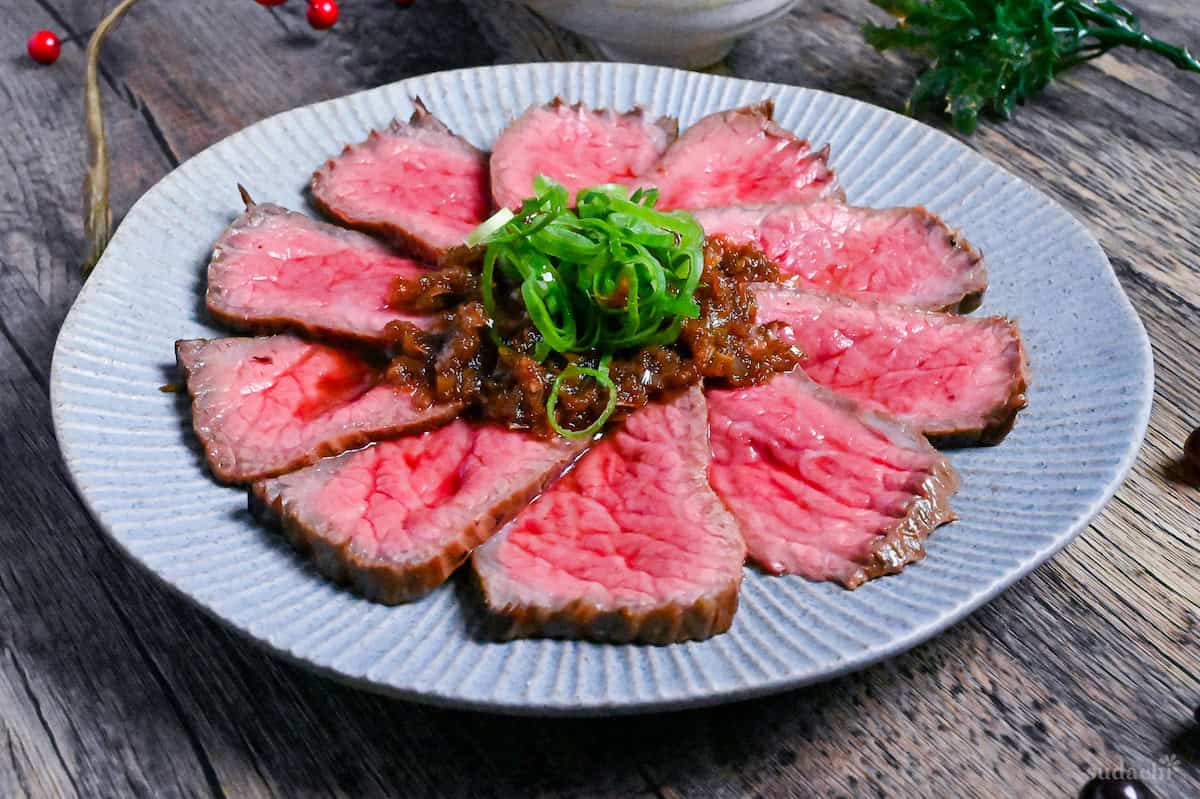
Inspired by English roast beef, this Yoshoku staple became popular in cafés. The Japanese version is often served cold with wasabi and rice, blending Western classic with Japanese spirit.
When space constraints and equipment limitations met Japanese cooks’ determination to master Western cuisine, remarkable innovations emerged from necessity.
11. Seafood Doria
Swiss chef Sally Weil’s 1930s invention at Yokohama’s New Grand Hotel solved a practical problem. Satisfying foreign guests’ appetites using available Japanese ingredients and hotel kitchen capabilities.
His improvised creation of buttered rice topped with creamed seafood and cheese became an instant sensation that defined luxury dining for an entire generation.
12. Crab Cream Croquette
Japanese kani cream korokke is a deep-fried croquette filled with a creamy béchamel sauce, crab meat, and onions, then rolled in fine panko for a light, shattering crust.
From the Dutch kroket and French croquette roots to Japan’s own béchamel innovation, kani cream korokke embodies Yoshoku’s pioneering spirit.
13. Corn Potage
Pokka’s revolutionary canned corn potage in the 1970s transformed this French-inspired soup into a Japanese cultural phenomenon, appearing everywhere from vending machines to convenience stores.
Extracting maximum flavor from corn cobs transforms what most cooks discard into the soup’s secret weapon for depth and richness.
14. Menchi Katsu
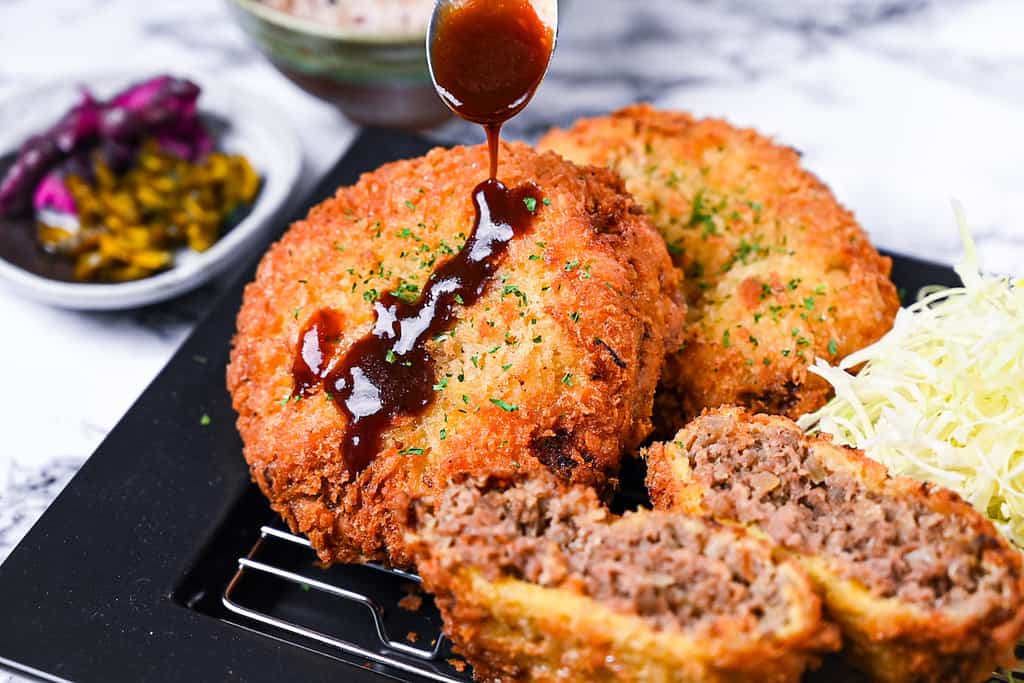
The Meiji era was super into European cutlet culture, and that led to this awesome hybrid that confused the old categories. It wasn’t pure cutlet or classic korokke, but something totally new.
Early yoshoku pioneers struggled to classify menchi katsu, which borrowed French techniques but used American-style ground meat preparation methods.
15. Cream Stew
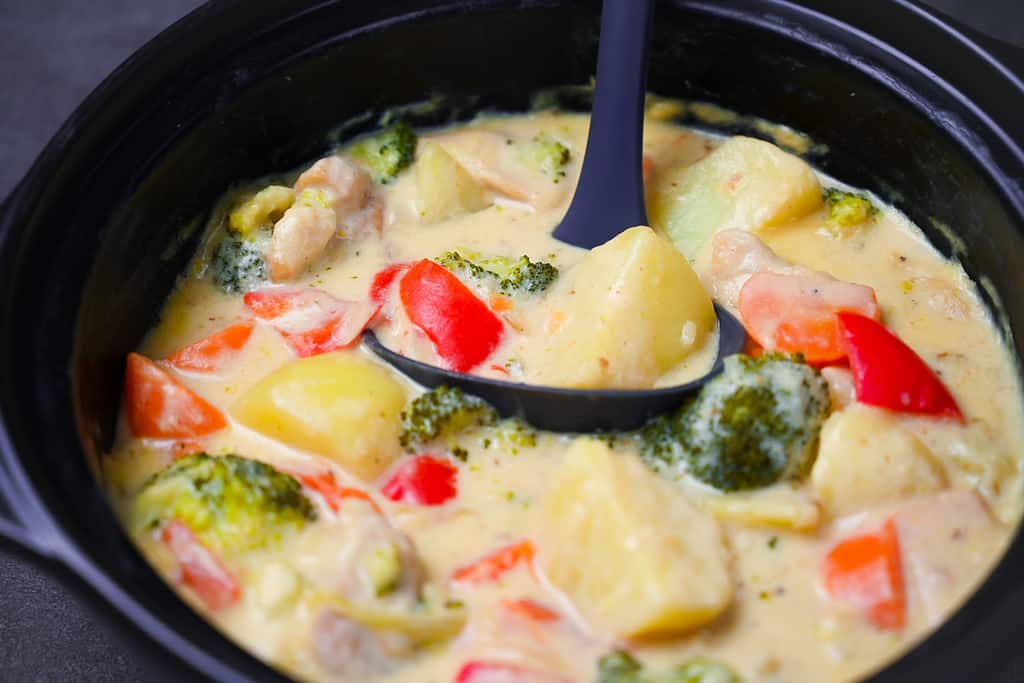
France’s blanquette de veau provided the technical foundation, but Japanese adaptation emphasized accessibility over authenticity by substituting expensive veal with affordable chicken and simplifying complex French techniques.
Post-war Japan’s emerging middle class embraced this approachable version of European sophistication that felt both familiar and exotic.
16. Kabocha Squash Soup
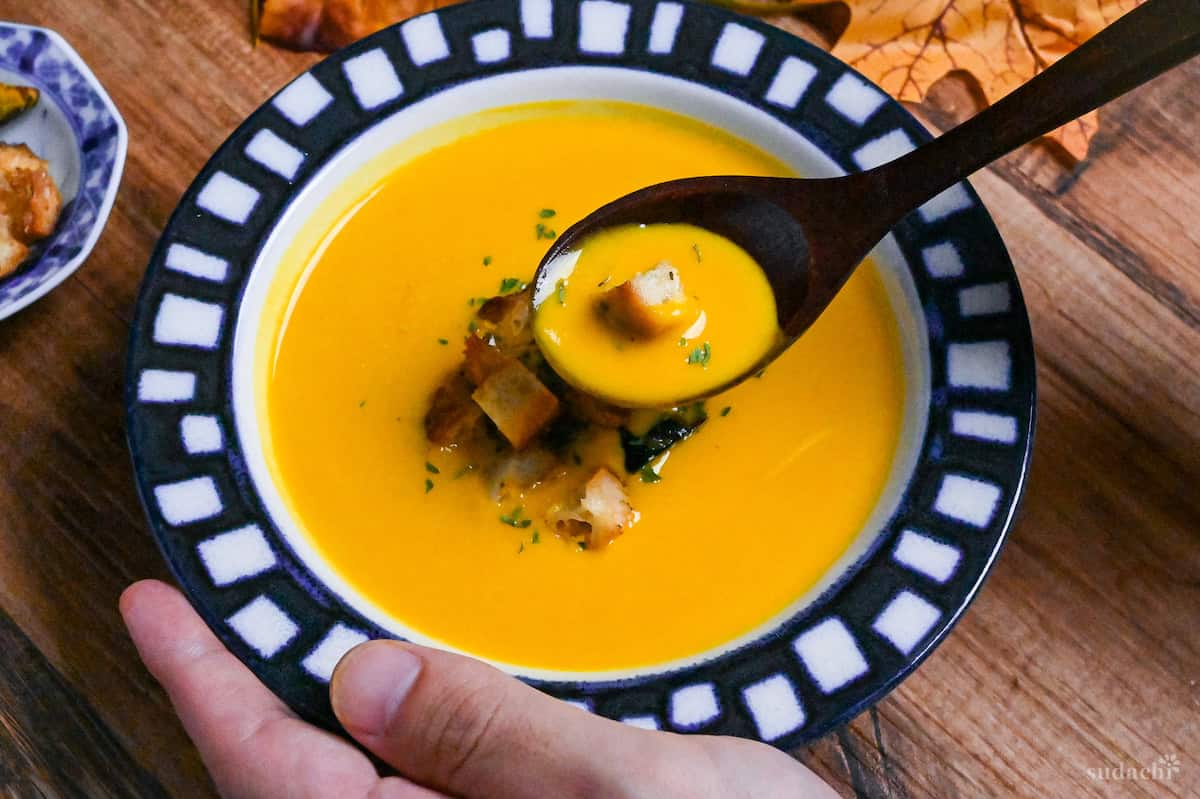
This creamy kabocha potage blends Japanese comfort with French inspiration. Its silky texture and nutty sweetness come from slow-cooked onions, milk, and cream, creating a luxurious yet simple soup.
Kabocha arrived in Japan via Portuguese traders in the 1500s, and its name comes from “Cambodia.” Over centuries, it evolved from traditional simmered dishes into Western-inspired creations like this soup.
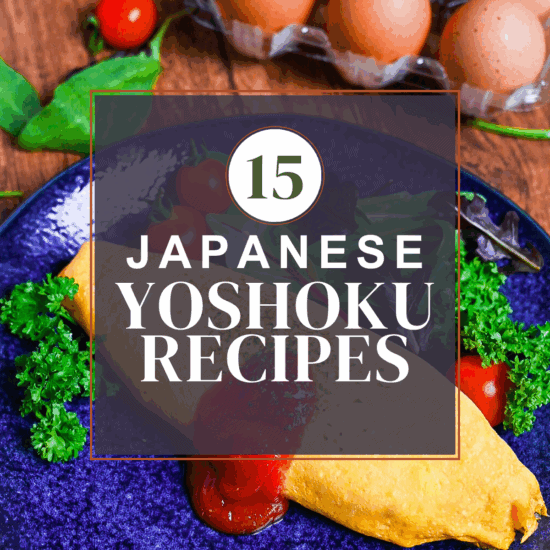
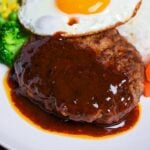

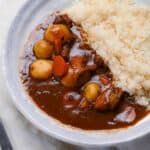


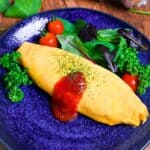

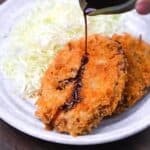


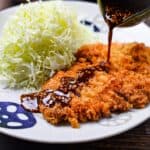
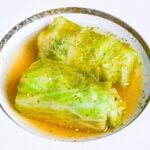
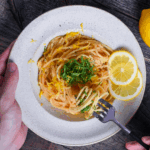






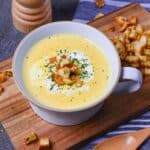
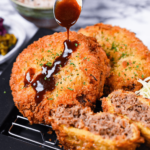
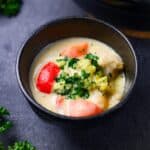

Leave a rating and a comment